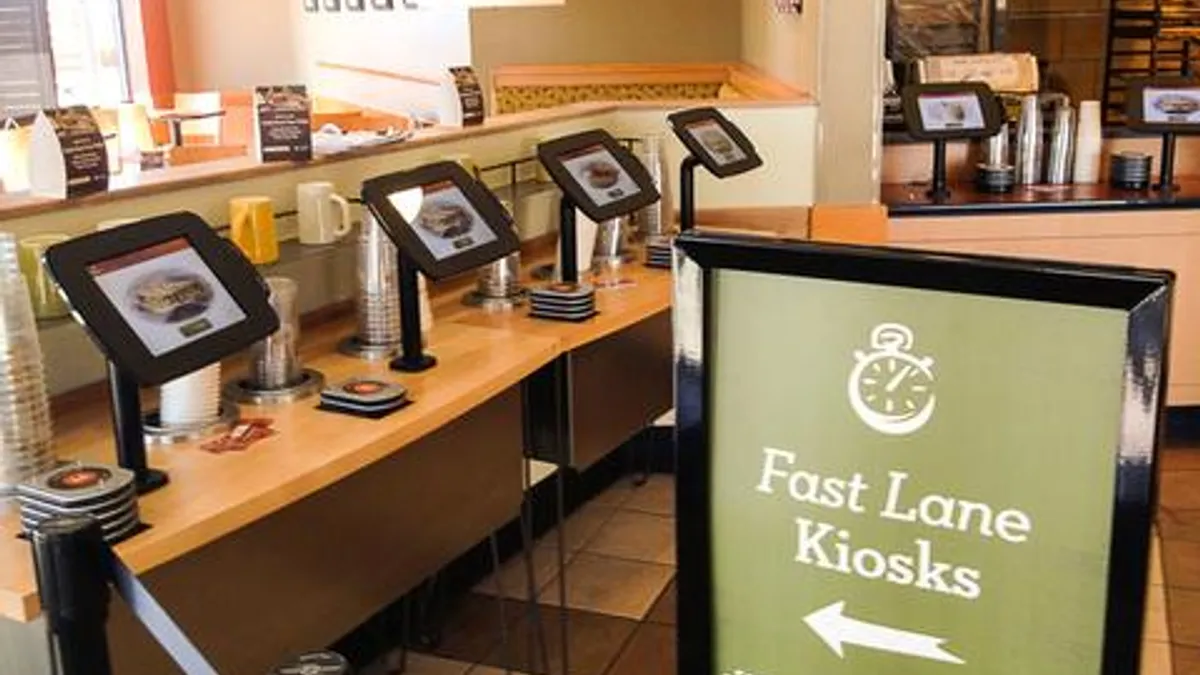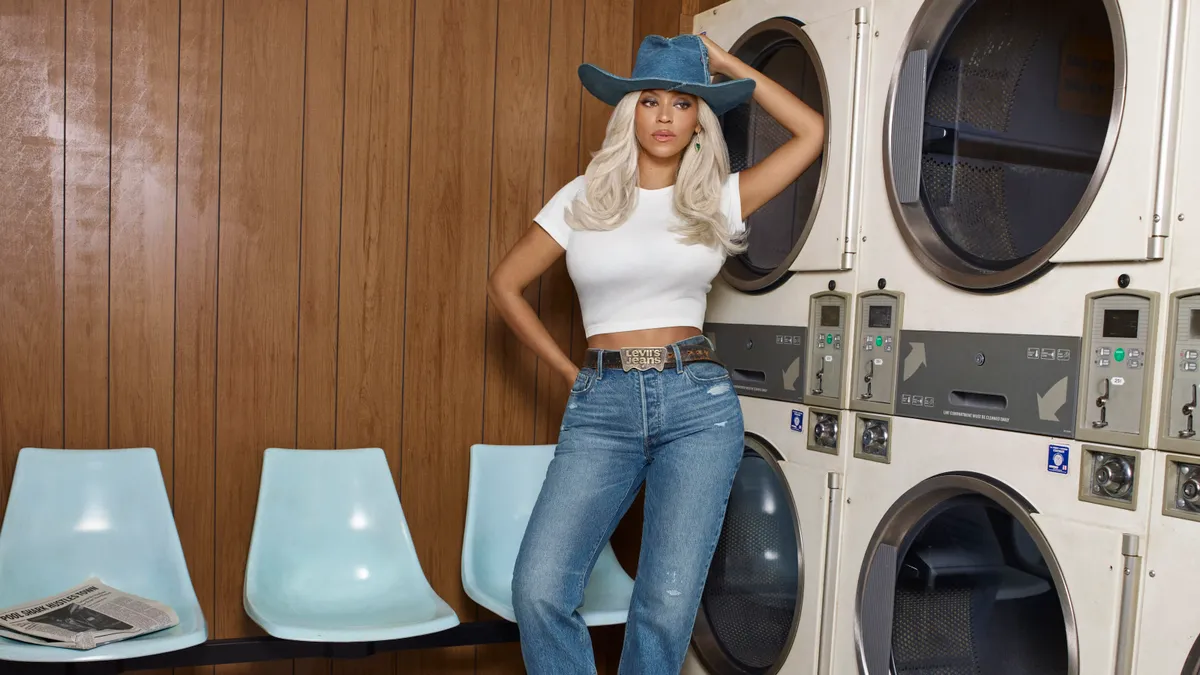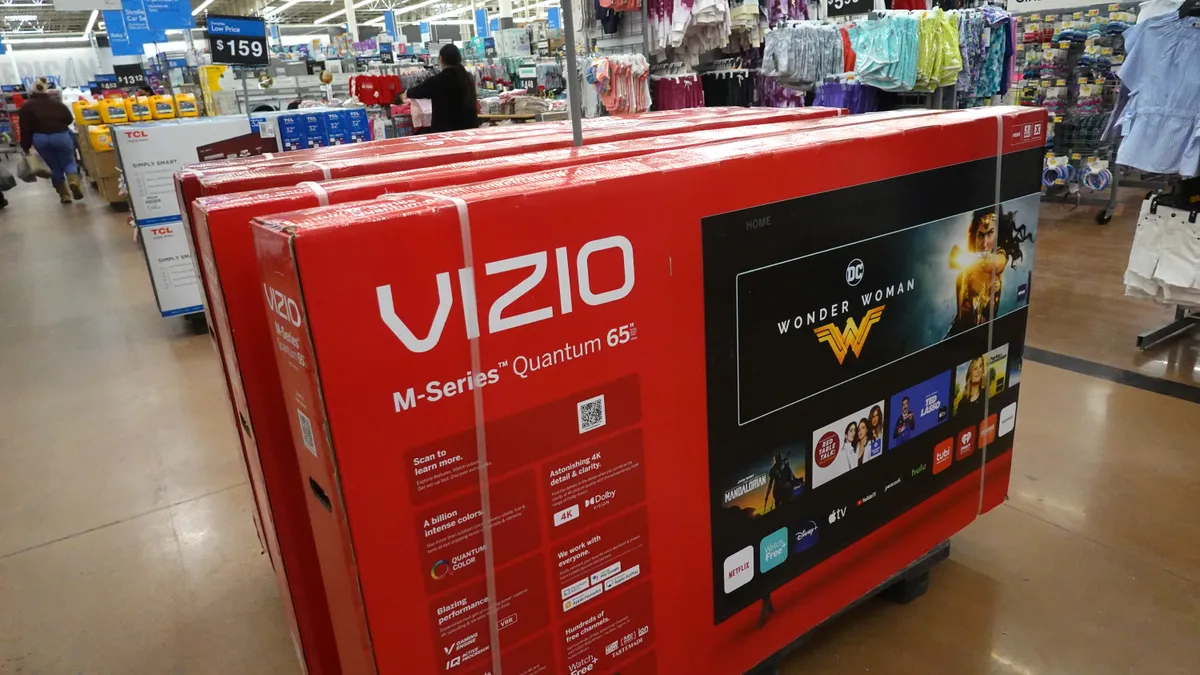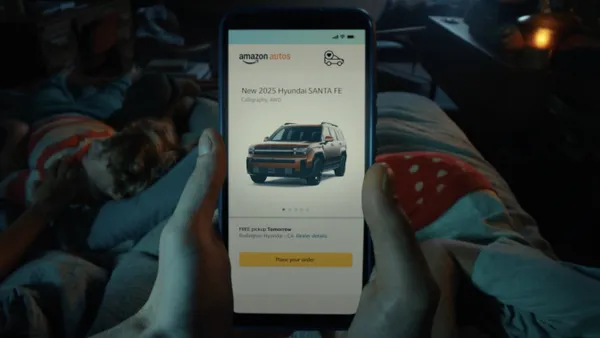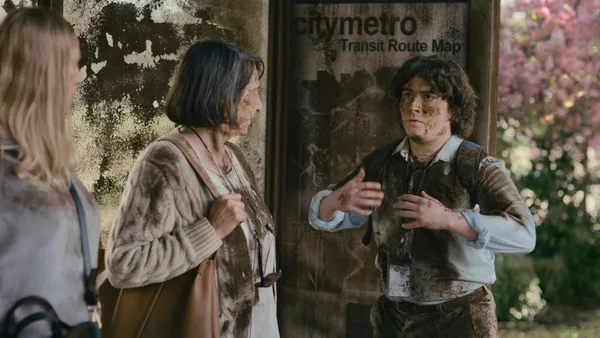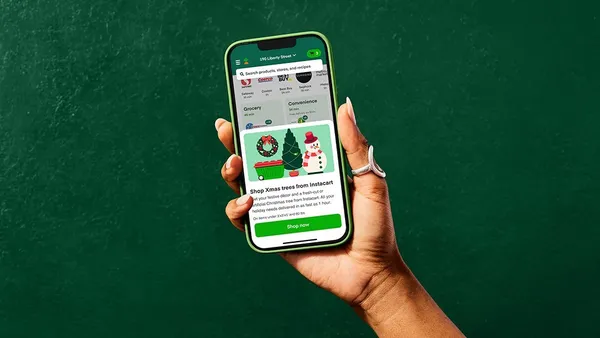Dive Brief:
- Panera’s digital sales have doubled and will exceed $2 billion this year, CEO Blaine Hurst told CNBC this week, a mark the St. Louis-based chain did not expect to hit until 2020.
- Thanks to an aggressive remodeling effort that upgraded an existing mobile app, added self-order kiosks and supported delivery, customers now place 1.4 million digital orders a week, accounting for one-third of system-wide sales — the highest industry rate outside of pizza.
- Since introducing the first batch of Panera 2.0 stores in 2014, the company has converted 75% of its more than 2,000 locations (only 15% had been converted in 2017), more than half of which are franchise-owned. All of them have outperformed older stores and have shifted the work employees do, which now focuses on customer-facing activities.
Dive Insight:
Panera might not hold the title for digital sales overall — Domino’s, Papa John’s and Pizza Hut all count above 50% — but it does win for its loyalty program. MyPanera now boasts 25 million members, accounting for half of all transactions. One of the best perks seems to be the user profile’s ability to remember custom orders, such as no tomatoes or preference for an alternative salad dressing. In addition to consumer demand for delivery, customization has emerged as a leading trend: 50% of orders at Panera’s new stores are modified in some way.
Despite altering restaurant layouts by adding a long table with eight or so self-order kiosks, Panera didn’t lose too many workers in the process. Kitchen staff grew to accommodate the influx of digital, delivery and especially large catering orders, and cashiers moved to the floor, delivering food and cleaning up to further enhance the guest experience. The sandwich chain’s metamorphosis found a brisk stride in 2015, converting 400 stores that added to an immediate jump in Rapid Pick-Up sales for digital orders.
Panera works on two-year cycles, Hurst told CNBC, because technology and consumer tastes change so rapidly — and both have become increasingly difficult to predict. A crossover from JAB Holdings, which shelled $7.5 billion for the sandwich chain last year and also owns Krispy Kreme, Peet's Coffee and Pret A Manger among others, Hurst appears to have successfully filled the big shoes of former CEO Ron Shaich.
Like leading U.S. pizza chains and more direct competitors, Panera has realized quick-service business could very well transition to predominantly take-out and delivery sales down the line. “Ultimately we’ve shifted our thinking from a paradigm that used to ask how many new cafes can we open, to a new paradigm that is asking how many high ROI dollars can we vacuum out of a given ZIP Code,” Shaic told Food Business News in 2016.
This shift in mindset seems to be paying off, given the company's $2 billion in digital sales. Only four years ago, the company expected maybe 20,000 digital orders per week. Just last year, Hurst said digital would reach 33% of sales within five years. The fact that Panera is performing this well this far ahead of schedule bodes well for both near and long-term digital growth, and could spur rivals to further invest in their digital offerings.


